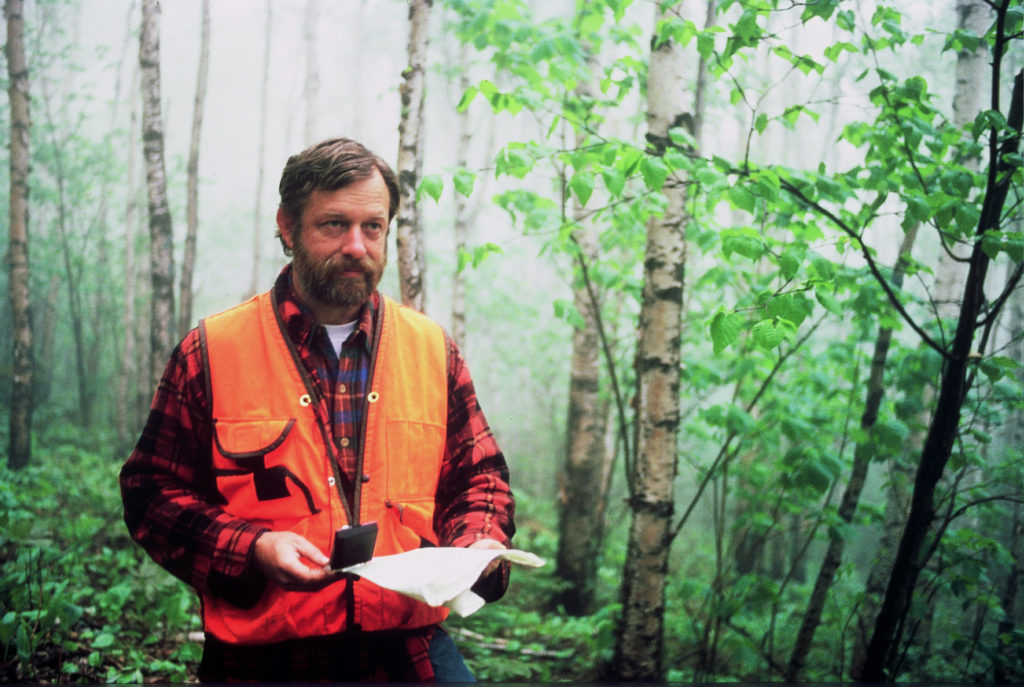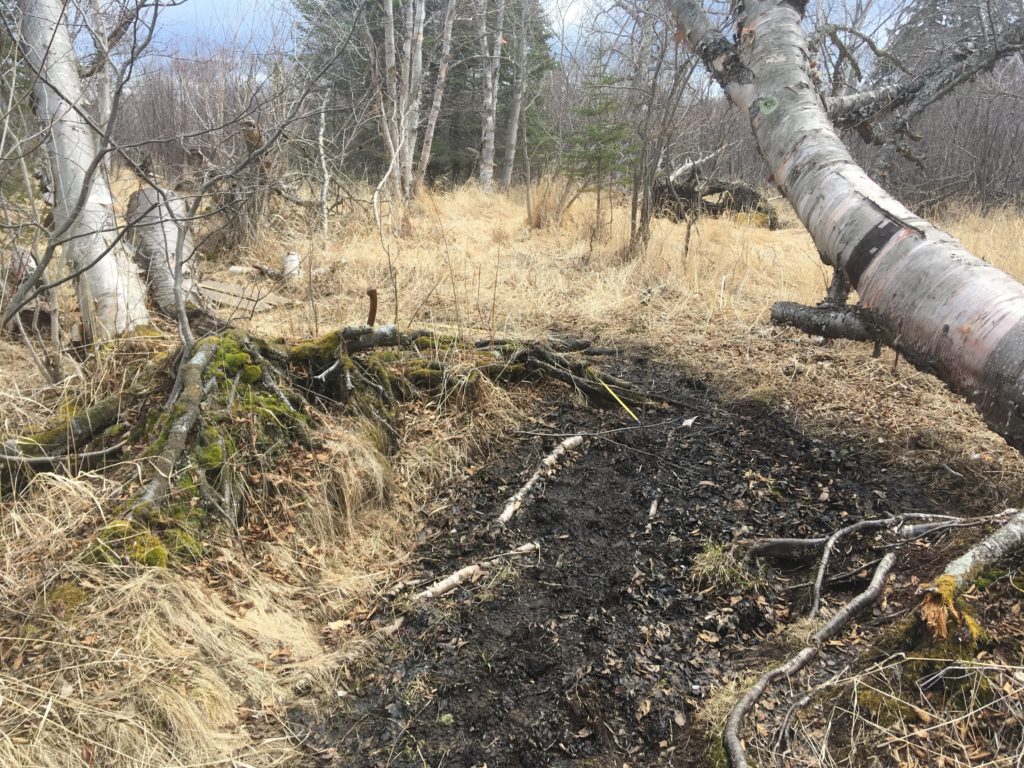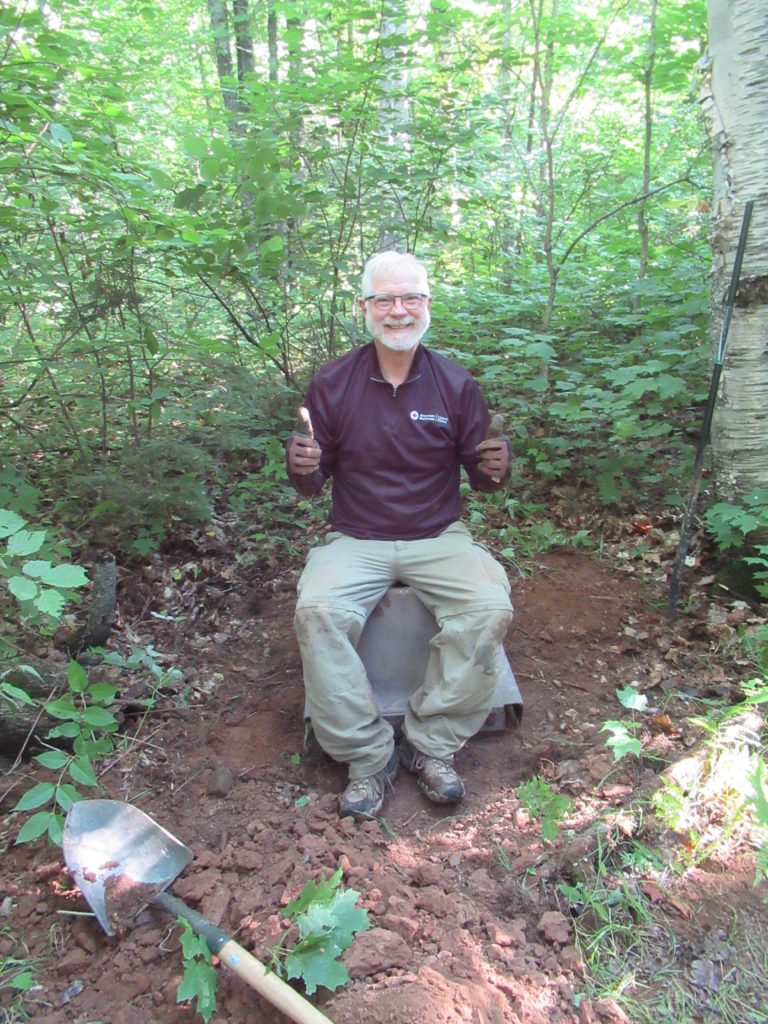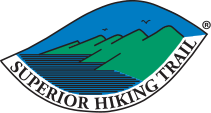Every Step We Take, They’ll Be Watching Us
May 1, 2020 (Originally published in the 2020 Spring Ridgeline newsletter.)
By Denny Caneff, SHTA Executive Director
I had a couple of shocks when I first arrived at the Superior Hiking Trail Association in the summer of 2017; they were not electrical.
A county soil conservation official warned me that we may be breaking state wetland law by rerouting the SHT in the vicinity of Gooseberry Falls State Park. (The reroute was compelled by a private landowner who asked us to leave his property.) Later that summer, a well-intended volunteer attempting to reduce the cost and effort of a boardwalk project simply started to build a new trail parallel to the muddy stretch he was building a boardwalk for. The U.S. Forest Service sent us a friendly but pointed communique that the reroute was not approved through the agency’s environmental review process.
As for the Minnesota DNR, they have always paid attention to what we’re doing, but it’s been generally casual and light-handed.
But casual is out. Increased scrutiny is in. It’s important for our supporters and trail users to be aware of this increasing scrutiny: projects will take longer to complete because they will take longer to approve. And we may not get what we want: where the Trail should be rerouted may not be allowed because of resource concerns.
SWCD, USFS, DOT, DNR, LC, SLC, CoD, MHS, MPCA
One of the sage observations I heard from Tom Peterson, the man who oversaw the building of the first 200 miles of the SHT, went as follows: “We knew it was easier to ask for forgiveness than to ask for permission.”
(Tom also told me that it might be impossible to build a Superior Hiking Trail today because of environmental concerns.)

It’s thanks to Tom Peterson that much of the SHT’s route exists. It would be nigh impossible to accomplish that feat today.
We must now be all about permission.
Let’s be clear: the Association is NOT opposed to environmental and cultural/historical review and approval of our projects. This scrutiny is all about taking care of the land and water the SHT passes through. We welcome it, in fact: we know the scrutiny will lead to a better-built and less damaging trail.
All public land management agencies are facing the same phenomenon of ever-expanding trail development, to the point that in some places (City of Duluth, Superior National Forest in particular), trails of all kinds are criss-crossing each other and getting threaded through ever-narrower corridors. Trail building is complicated: there are steep slopes to avoid, threatened or endangered plants and habitats to steer away from. There are dangerous crossings to be mindful of, and there can be no overlap of cross-country ski and hiking trail in winter.
Don’t Hurt the Bats

The natural resource agencies are concerned that we don’t harm bat habitat. That means there’s no large tree-cutting during the time of year that bats are nesting. The tree on the left was a possible bat hibernaculum that the Minnesota Department of Transportation required that we wait to cut. When that timeline collided with our project to build a boardwalk there (the Lakewalk near Hovland), DOT advised that we watch the tree for a couple of days, at sunset and at dawn, for bat activity. There was none, so the tree made way for the new boardwalk.
The Lease, Please
For many years, we have had formal leases with the Minnesota DNR for where the SHT traverses state-owned land. In the summer of 2018, the agency began to rewrite the lease based on the latest on-the-ground details. We got that fresh data to DNR in early 2019. (That was thanks to thru-hiker Andrew Gustin in the fall of 2018, whose herculean effort got an updated GPS track for the entire SHT and all its features.) We expect to see the new lease any day.
Updating the lease has inspired a general cleaning up of our interactions with the agency. As the DNR manager of our lease put it diplomatically, “There have been inconsistencies in the administration of this lease by DNR and how trail modifications have been submitted to DNR.”
In other words, no more nods of the head or short email messages approving changes to the SHT on state land. And no more spontaneous-combustion trail projects on our part.
The changes DNR wants codified in the lease include, per the same official: “Trail, campsite, parking area, bridge, boardwalk and stairway relocation, construction and maintenance; signage and kiosks; use of earth materials or ‘flattening’ of landscape; temporary or permanent amenities such as bear poles, latrines, and benches.”
As a practical matter, we will still check in with the local DNR land manager with a proposed trail project. If they’re cool with the new idea, it then goes into the review process by various DNR specialists (including an archaeologist for trail projects in state parks). The local manager can also veto a project if they think it’s wrong for the land they manage — and we will not proceed.
Looking Into Loos
As our colleague Jo Swanson put it, “The latrine reckoning has come.” It turns out that SHTA’s latrines, located at each of our 94 campsites, are subject to – ready for this? — Minnesota Pollution Control Agency Administrative Rule #7080.2280. This may mean that new latrines (last year, we dug over 50 of them) may need to be approved by a “licensed septic designer.”
While we have kept a deep setback of our latrines from surface waters, we now need to be sure they’re at least 300 feet from a stream or 1,000 feet from a lake. And there must be soil at least 3 feet deep between the bottom of the pit and any groundwater underneath it.

Volunteer Will Nordmark and the rest of the Elite Latrine Digging Squad may have new pollution control rules to follow for future digs.
It’s very tempting to get funny/punny with the topic of latrines. For example, should we alter the title of this article with a different noun than “step?” We don’t want to wipe out our goodwill with you, dear trail supporter, so we’ll leave it there.
All’s Well That’s Done Well
The increased scrutiny, time-consuming and delay-causing it may be, means a better and more resilient Trail. It means you can use the SHT confident that its design and maintenance comply with conservation standards. There’s peace of mind in that.
This article was originally published in the 2020 Spring Ridgeline newsletter. Join SHTA to support the Trail and receive your copy of the Ridgeline when it is published.
